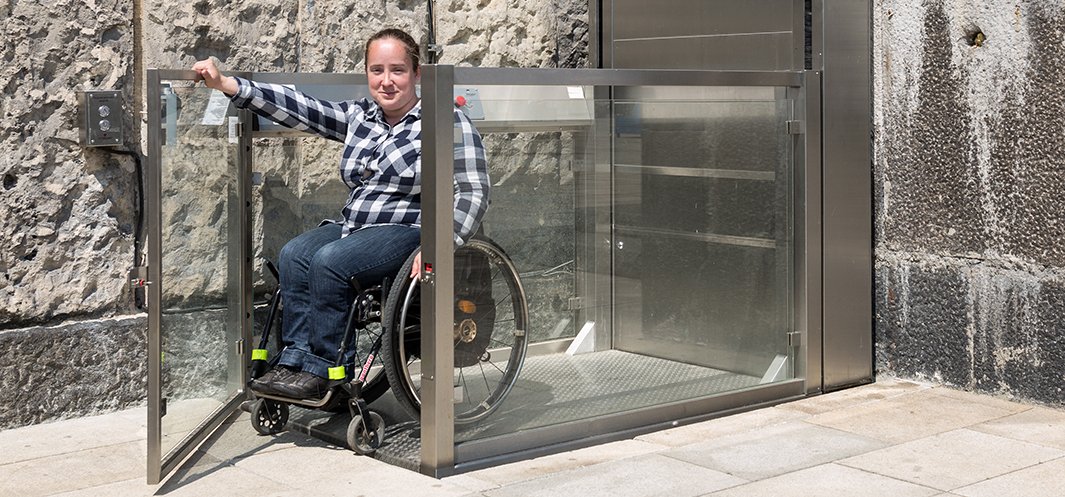Facilities for the disabled
EDUCATION AND PROMOTION
The educational standard for our Museum is the accessibility of its program to all visitors. In case of special needs, it prepares specialised programs that improve the accessibility or reception e.g. by the blind or intellectually disabled. They are based e.g. on experiencing the world by touch, sound, smell or the sense of space.
The blind can touch the sculptures presented in the Gallery of 20th Century Polish Art created in the period from Young Poland to modernity. Visitors can get to know the diverse textures of the Young Polish sculpture surfaces or the cubic shapes of sculptures from the interwar period.
The Bishop Erazm Ciołek Palace houses an exhibition of purpose-made copies of Gothic masterpieces: Madonna of Krużlowa and Madonna with Child of Grybów with Braille commentary. They are accompanied by selected 19th century sculptures which are arranged in a special way and together make up a sightseeing path for the blind.
The Museum guides have been trained to adjust their guiding style to the needs of the blind. As a result of the project, the Museum has replicas of works of handicraft. While visiting the Gallery or participating in educational workshops, the blind have the opportunity to touch and get to know the shape of Baroque coffee and chocolate jugs, the fragility of cups, the cold surface of glass goblets or the weight of armour.
The Museum organises integration events for the blind and the sighted, aiming at comparing the perception of art by both.
The Bishop Erazm Ciołek Palace, the Jan Matejko House and the Cloth Hall are parts of the Royal Road for the Disabled Visitors – an EU project run by the Cracow City Hall (Department of the Disabled). The exhibition “Cracow within your reach” presented in the Bishop Erazm Ciołek Palace – 800 pieces of precious architectural sculptures and castings, usually out of sight – was adapted to the needs of the blind by supplying a Braille guide and arranging a special sightseeing path that allows the blind to touch some of the artworks. The induction loop system automatically activates the audio guide when the blind visitor approaches a particular exhibit.
Easy access to culture for the disabled is greatly influenced by virtual exhibitions and digitalisation of collections. Such projects will be continued in the following years. Digitalisation and on-line access to collections facilitates not only education, but also the fun of experiencing works of art collected by the National Museum in Cracow.
The Museum offers a diverse sightseeing program for the disabled on a regular basis as part of cooperation with schools, NGOs or the Disabled Week “I love Cracow and vice versa”. It also works with specialised educational institutions for hearing impaired and blind children and several dozens of similar NGOs.
The Museum also provides regular training for front-line staff e.g. on working with visitors with special needs.
Contact: Iwona Parzyńska, National Museum in Krakow, iparzynska@muzeum.krakow.pl
